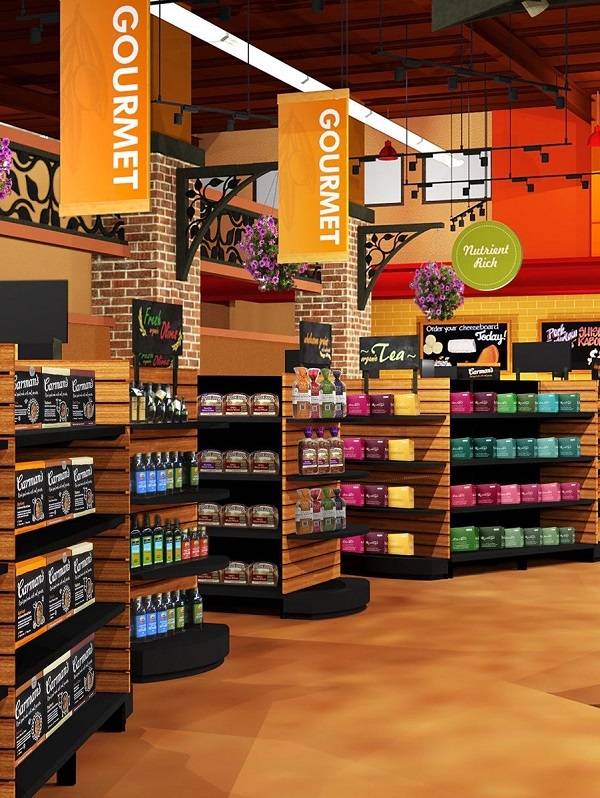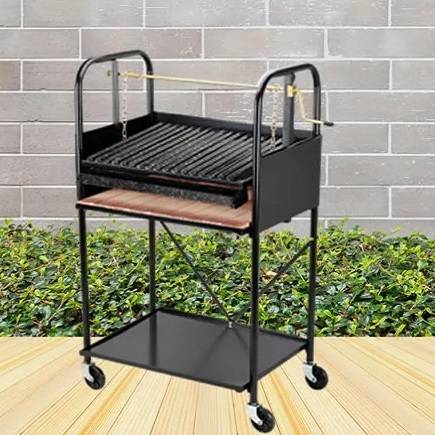- CatalogTop
Full catalog list - Food & BeveragePopular
Popular packed food and beverages
- Beauty & Self Care
Beauty and personal self-care products - Home & Garden
Home and garden supplies and accessories - Board Games
Most popular board games from Latin America - BrandsAll brands
Full list of all brands in the store. Browse all brands - IndustriesNew!
Filter products by desired business category - Services
See all services - See All Products
See full list of all products - Companies
Companies list
Havanna Celebrates It's 75 th Anniversary
The history behind one of the biggest alfajor brands in Argentina
Three entrepreneurs joined forces to create it in 1948. Today their brand is one of the most sought-after products by foreigners and expatriates.
In early 1948, an Italian, a Greek and an Argentine partnered to manufacture and sell alfajores in Mar del Plata. Their enterprise was born as a confectionery shop with production on display in front of the casino and became a business that in 2022 had a turnover of $ 13.8 billion with 468 branches in the region. However, throughout its history it has undergone expansions, suffered crises and transformed its business.
Among the customers of that factory was the Greek Demetrio Elíades. He had started selling ties and, after some successful businesses, he managed to open a confectionery called Havanna on the corner of Rivadavia and Buenos Aires, in Mar del Plata.
The ideal recipe for Havanna
"In 1947, my father and Sbaraglini began to talk about the possibility of partnering with Elíades. They wanted to transform that confectionery into an alfajores factory, but with a new recipe. In particular, they wanted to change the formula of the lid," says Sisterna. The trio worked together with a pastry chef for six months until they found the desired flavor.
The Greek's confectionery became a store that sold alfajores, which were handmade. On January 6, 1948, they reopened Havanna and sold the first units, which were wrapped by hand. "The wrapping machines with the brand's style only started to be manufactured in the 1960s," he says. The work was very handmade and the partners themselves were in charge of selling to the public.
A single factory to avoid problems
The initial success led them to open more branches. By the end of the 50's they had 10 stores in Mar del Plata and distributed the production among some of these points. But this also brought logistical problems. "There was a time when the tapitas were made in one store and transported to another to add the dulce de leche," says the founder's son. This was solved at the beginning of the following decade when they acquired a factory in La Perla and unified production.
The reasons behind the sale
Sisterna managed the company until 1990 when he had a stroke and Pablo, who had just presented his doctoral thesis in Physics, took over as the family's representative. At that time, Havanna had 17 partners who were heirs of the founders. "We got along well and were well organized," recalls Sisterna. They were the ones who launched the coffee shop format in the 1990s.
Havanna has been in the hands of the Inverlat fund since 2003. The company went public in 2016 and with its stock market debut financed its new factory in the Batán Industrial Park. To the classic black and white alfajores they added variants, from white chocolate with walnut to 70% cocoa and coffee.
The company recently disbursed more than u$s 4 million to expand its production capacity dedicated to its TACC-free and vegan line. Within this segment it has the Semilia alfajor (with rice flour dough), the Súper dulce de leche (almond flour) and the plant based, made with buckwheat flour and almond jam.
Source: https://www.cronista.com/apert...
If you woul like to have more information, contact us info@directoro.com, ChatNow!
© 2017 - 2024, Directoro.com, or its affiliates. Trademarks are the property of their respective owners.

